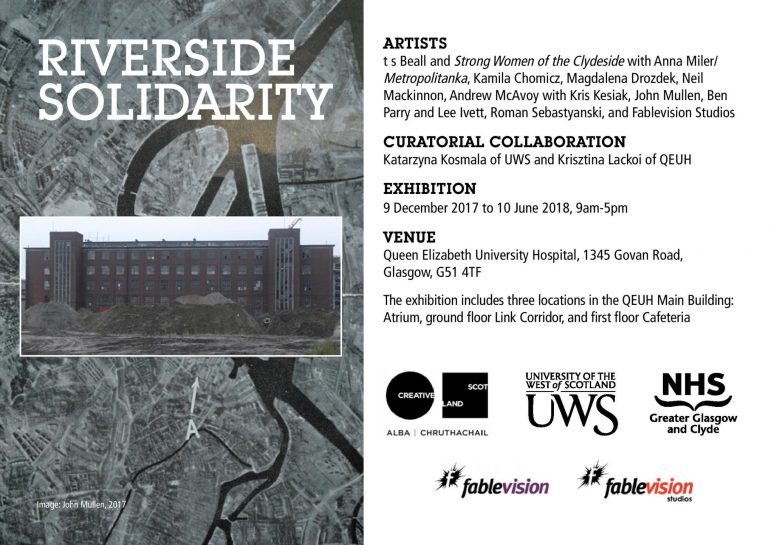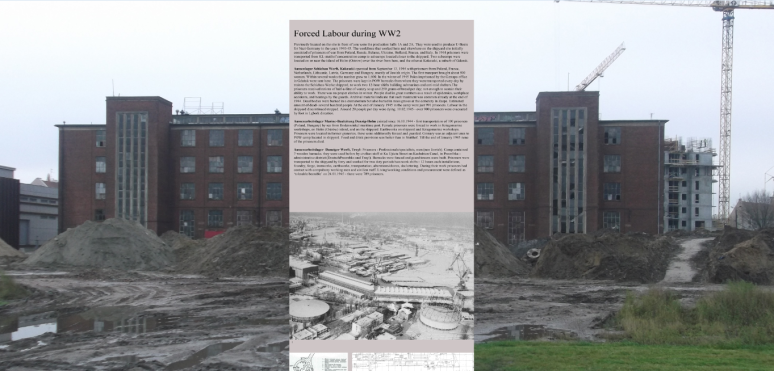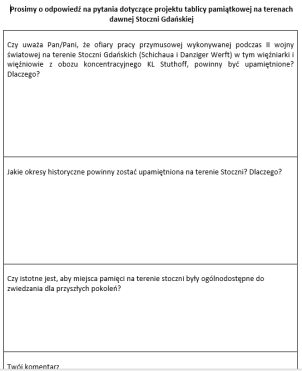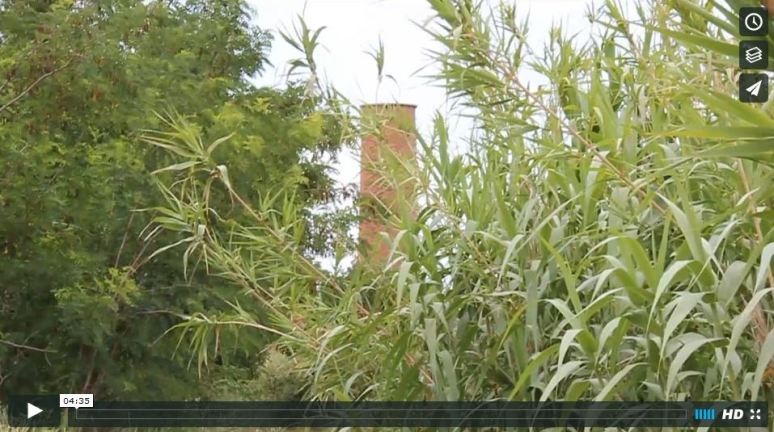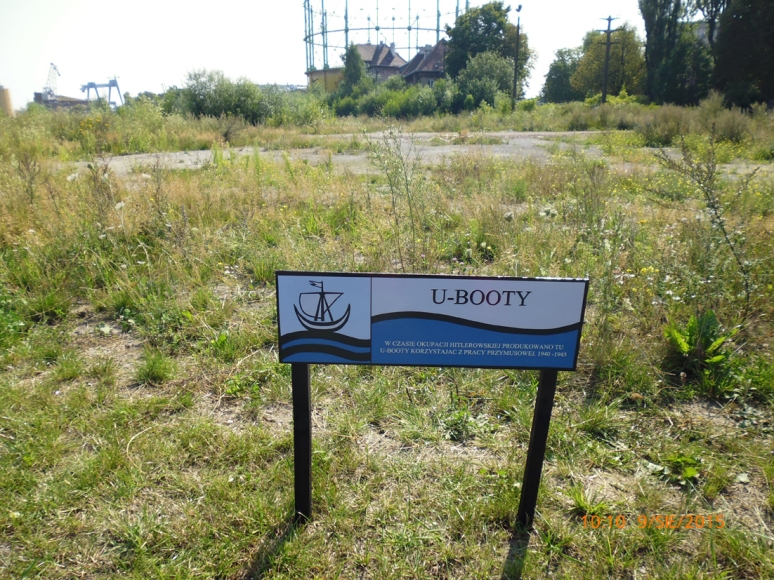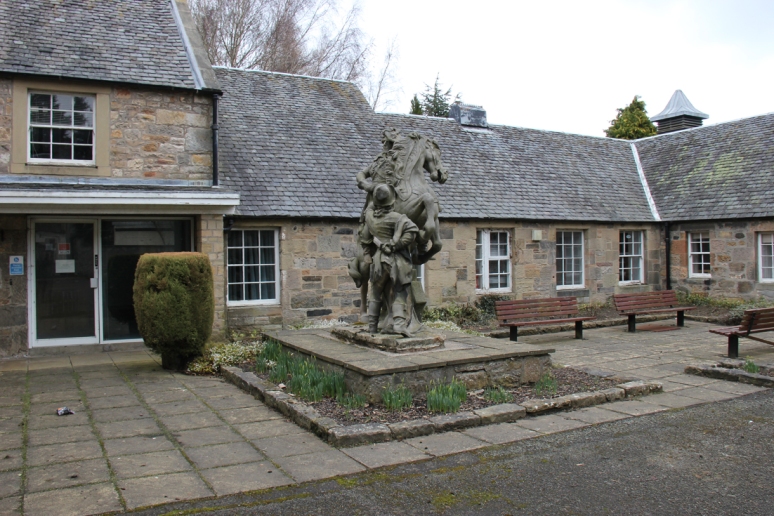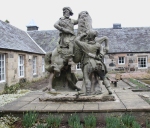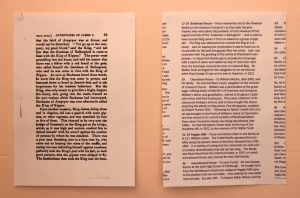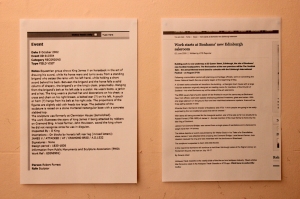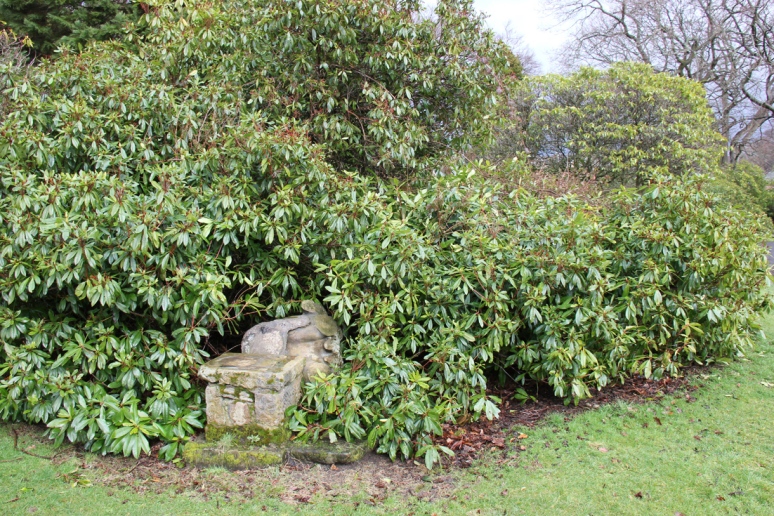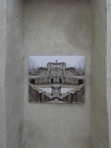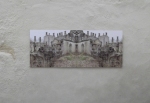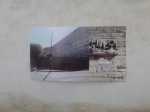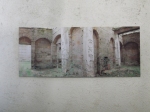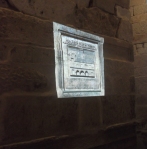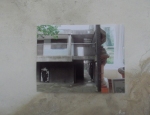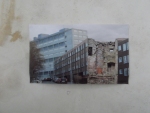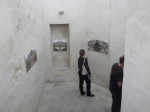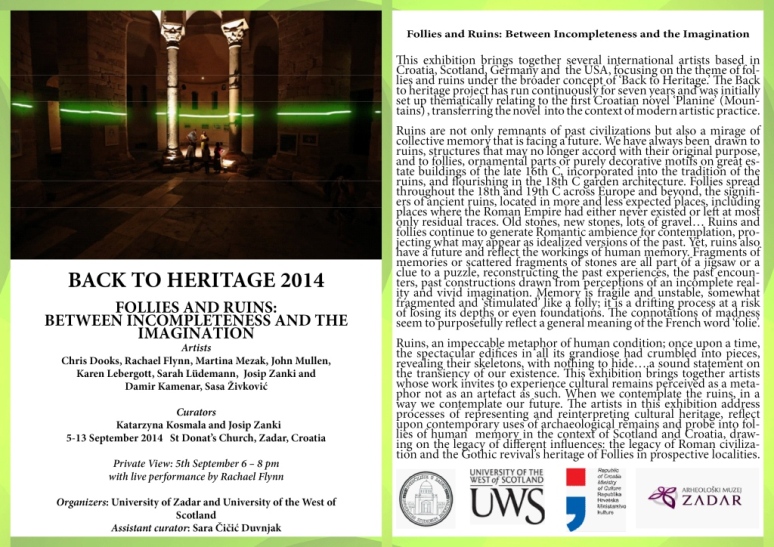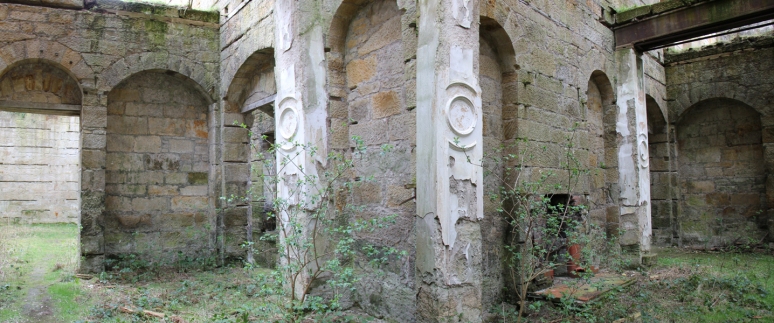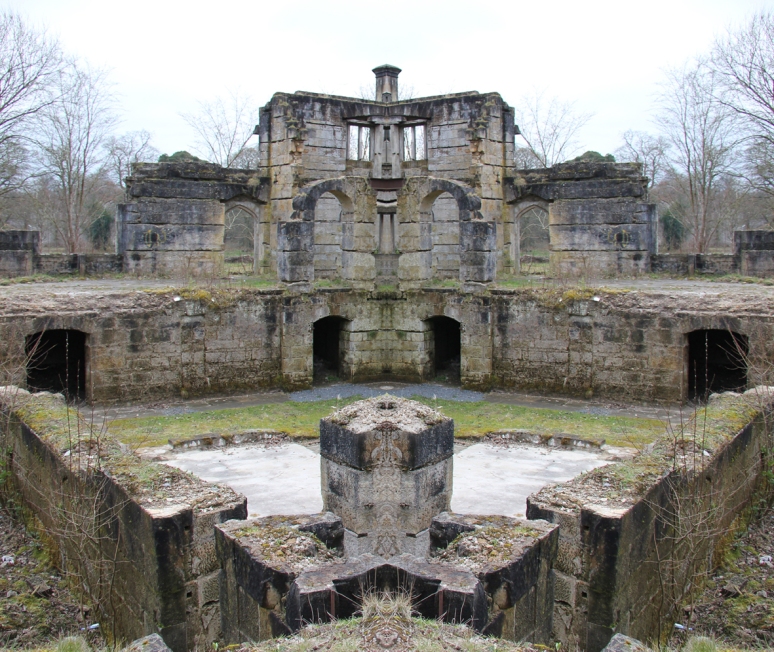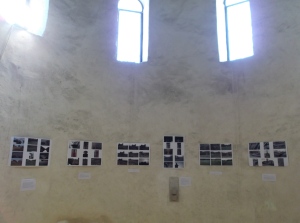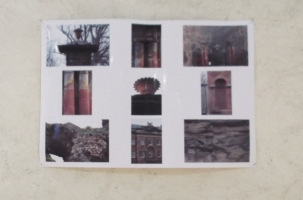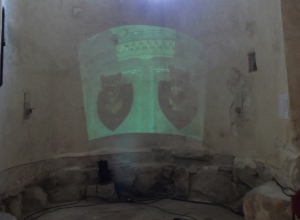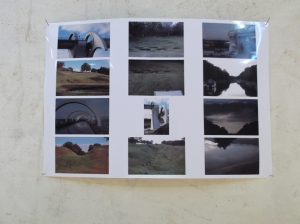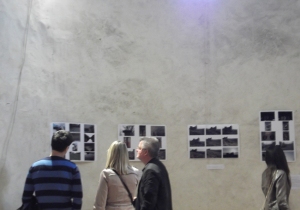Forced labour was used here: Project at the Gdansk shipyard/ Tablica pamiątkowa na terenach Stoczni Gdańskiej: Praca przymusowa podczas II WojnyŚwiatowej
Forced labour was used here…. Project at the Gdansk shipyard
On 26th August 2017, Mullen will present the proposal for initial design for the public consultation at the European Solidarity Centre (ESC), during the launch event of Incubator Solidarity Everyday, a new public space on the 3rd floor of ESC building.
Scottish artist John Mullen has designed a memorial sign to commemorate the victims of the WW2 labour camp that was located on the Gdansk shipyard premises. The site of forced labour constructing U-boats is now demolished and lies vacant awaiting development. Mullen will propose to the owners of the land to acknowledge this site of suffering with a permanent memorial sign which will consist of literary information in Polish and English language with archival photograph and site plans. The sign is designed to be around 2 metres tall in aluminium/metal form with printed information and to be installed on the site of the former U-boat halls 1A and 2A.
The work has been developed through the Riverside Solidarity project funded by Creative Scotland which focuses on the waterfront heritage of the shipyard areas of Glasgow and Gdansk which are in transition. The work is intended to highlight unrepresented histories on the shipyard site and complement the Gdansk-based Metropolitanka project highlighting the various roles and contributions of women and their histories on this location.
The project is in its initial stages and continues Mullen’s research on the topic since 2014. As an on-going art research project investigating the selection and motives behind the representation of heritage and identity in post-shipbuilding communities, Mullen wonders what can be learnt from previous models of regeneration processes for the current transformation and focus of Gdansk and Govan (Scotland) and their futures. Questions remain concerning the tangible and intangible heritage of these places, and specifically, what and whose heritage should be preserved on these sites.
In the transformation of the former shipyard area Mullen aims to introduce constructive markers and dialogue for all parties involved including engaging the voice of community and to attract incomers to the area hopefully inspiring curiosity, solidarity, and cultural investment.
In August 2017, Mullen will also present the proposal with initial design to the owners of the shipyard, and the national conservation body of Pomerania asking for permission and endorsement for the work to be realised.
PL
Szkocki artysta John Mullen zaprojektował tablicę pamiątkową, aby upamiętnić więźniarki i więźniów obozu zagłady KL Stuthoff, którzy w okresie II wojny Światowej pracowali na terenie stoczni w Gdańsku. Miejsce przymusowej pracy nad budową U-bootów jest obecnie zdewastowane i opuszczone i oczekuje na rewitalizację. Mullen chce zaproponować właścicielom terenu upamiętnienie miejsca cierpień poprzez umieszczenie stałej tablicy pamiątkowej, która zawierać będzie opis wydarzeń w języku polskim oraz angielskim, wraz z załączonymi fotografiami oraz planami terenu. Dwumetrowa tablica, stworzona z aluminium i metalu, zawierająca najważniejsze informacje, mogłaby zostać zainstalowana na terenie nieistniejących hal 1A oraz 2A, w których niegdyś produkowano U-booty.
Praca artysty została stworzona w ramach projektu Riverside Solidarity ufundowanego przez organizację użytku publicznego Creative Scotland. Projekt artystyczny skupia się na nadmorskim dziedzictwie obszarów postoczniowych zarówno w Glasgow jak i Gdańsku, które obecnie podlegają procesom transformacji. Celem twórczości artysty jest zwrócenie uwagi na niedopowiedziane dotąd historie, uzupełniając trasy gdańskiego projektu Metropolitanka, Stocznia jest kobietą, podkreślającego udział kobiet w działalności stoczni oraz jej historii. Początkowy etap projektu jest kontynuacją badań artysty prowadzonych od 2014 roku. Prace badawcze obejmują motywy kryjące się za reprezentowanym dziedzictwem oraz tożsamość po-stoczniowych społeczności. Mullen zastanawia się jakie wzorce warto zastosować nawiązując do wcześniejszych procesów odbudowy i jak przełożyć je na obecny rozwój Gdańska i Govan w Szkocji oraz ich przyszłość. Stawia pytania o materialne oraz niematerialne dziedzictwo tych miejsc, a szczególnie, jak i czyje dziedzictwo powinno zostać zachowane na tych terenach.
W procesie transformacji byłego terenu stoczniowego, projekt ma na celu nawiązanie dialogu pomiędzy zaangażowanymi stronami, włączając w to głos społeczności, a także przyciągnięcie uwagi turystów odwiedzających tereny dawnej stoczni w nadziei na zainspirowanie do zadawania pytań, solidarności oraz inwestycji w kulturę. We wrześniu, projekt tablicy pamiątkowej artysta przedstawi właścicielom stoczni jak i konserwatorowi zabytków, z prośba o zgodę na wsparcie realizacji projektu w przestrzeni.
Please show support by like here: https://www.facebook.com/Memorial-for-Gdansk-Shipyard-476044049438560/
Riverside Solidarity Project: https://waterfrontheritagenetwork.wordpress.com/
Metropolitanka: https://www.facebook.com/metropolitanka/
Ciglana Nin
An abandoned brick factory outside Nin, Croatia. The factory was built under Yugoslav post-war Socialism, and the land was confiscated by the authorities at that time. After the factory ceased production in 1983, it has lain empty and crumbling until now. The owners are working with developers on plans to demolish the site and construct villas and tourist facilities. Objections have arisen from locals not on concerns about conservation but about claiming the land back that was taken from them after WW2. Mullen has been combining still images and film footage walking through the skeletal remains of the building and Croatia’s rich heritage, commenting on the romantic notion of industry in the landscape.
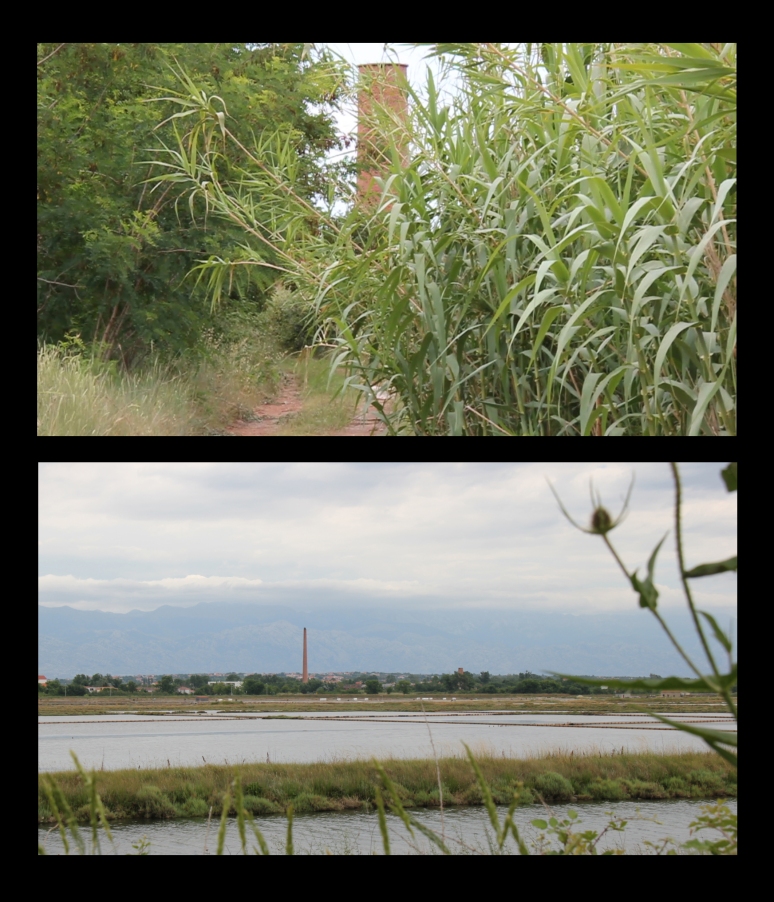
Ciglana Nin. Video stills. 2015
Cultural and Intangible Heritage in Post-Industrial Waterfront Zones Gdansk Shipyard 5 – 8 August 2015
My recent intervention on the former U-Boat hall sites in the shipyards. The description reads ‘U-BOATS’ ‘During the Nazi occupation U- Boats were constructed here using forced labour. 1940 – 1945’ The former Danzigerwerft shipyard became Stocznia Gdanska after WW11 and has gone through a series of demolitions since the decline of industry. There is a heavy influence of the history of the Solidarity movement and little attention to the war period. This ‘heritage plaque’ idea is a suggestion or a proposal to what history the people of Gdansk could choose to remember on the former site. The design was inspired by the heritage plaques installed in my home port town of Leith as part of a regeneration process in 1986. Photo courtesy of Dr Waldemar Affelt
 Plaque design
Plaque design
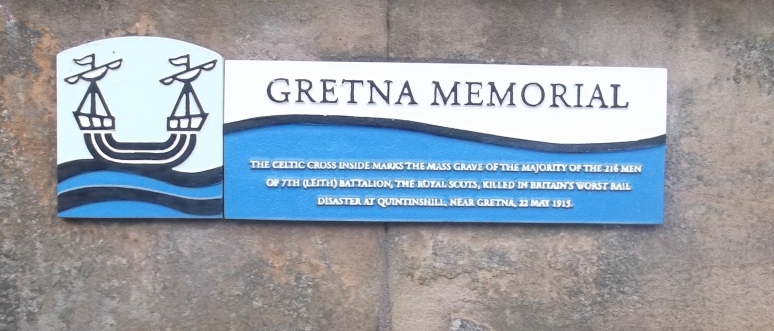 Heritage plaque in Leith, Scotland. 2015
Heritage plaque in Leith, Scotland. 2015
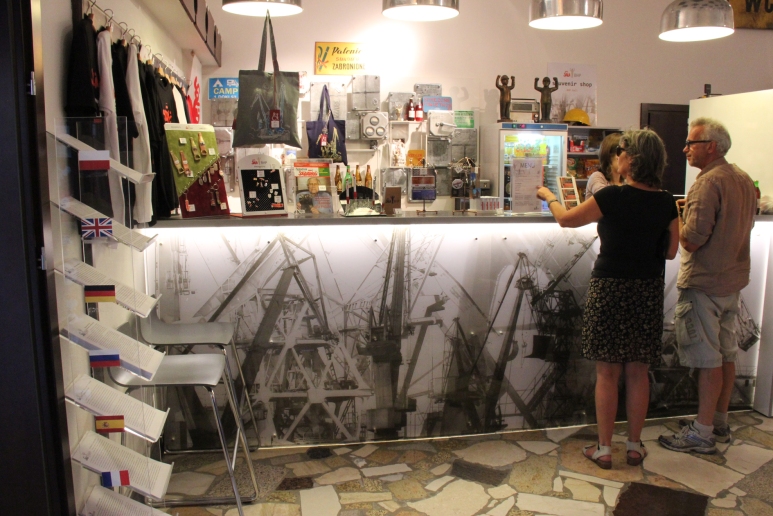 Souvenir Shop, Solidarity Museum. Aug 2014
Souvenir Shop, Solidarity Museum. Aug 2014
Hitchiker’s Guide to the Galaxy. Berlin Apr 2015
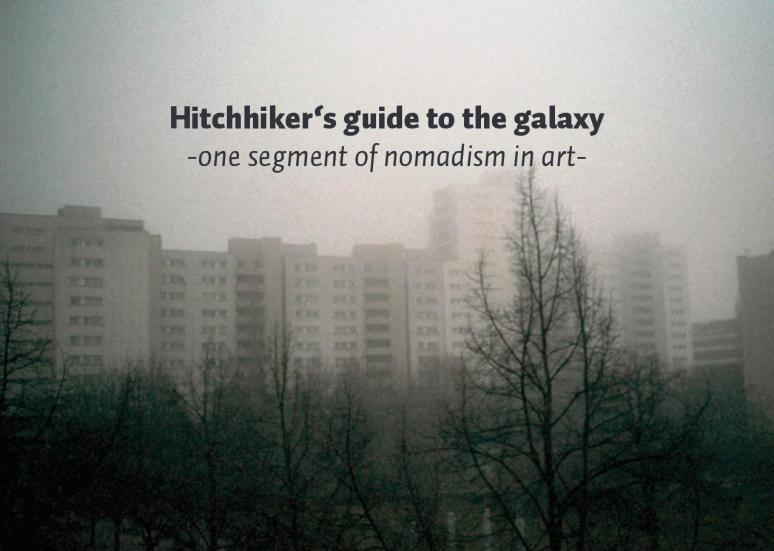
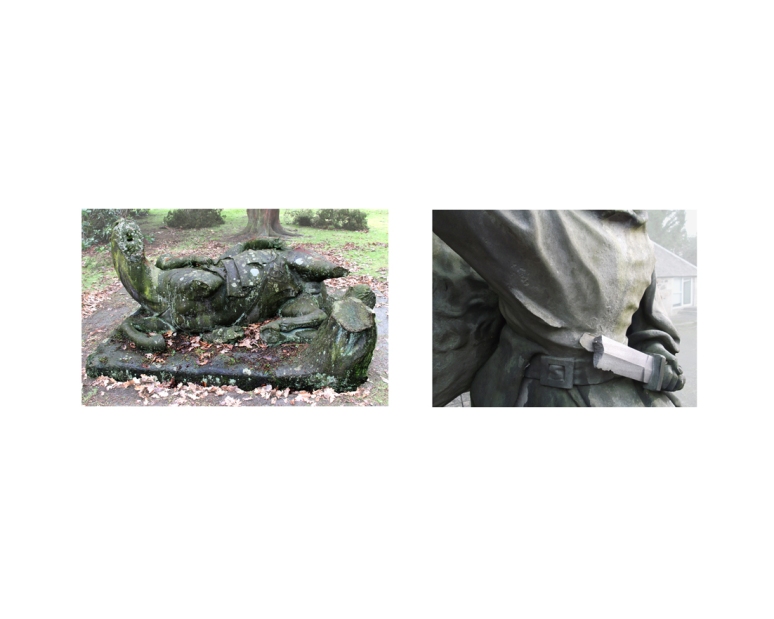
Two Attacks: Public Art in Scotland. Inkjet print, John Mullen 2014

Statues
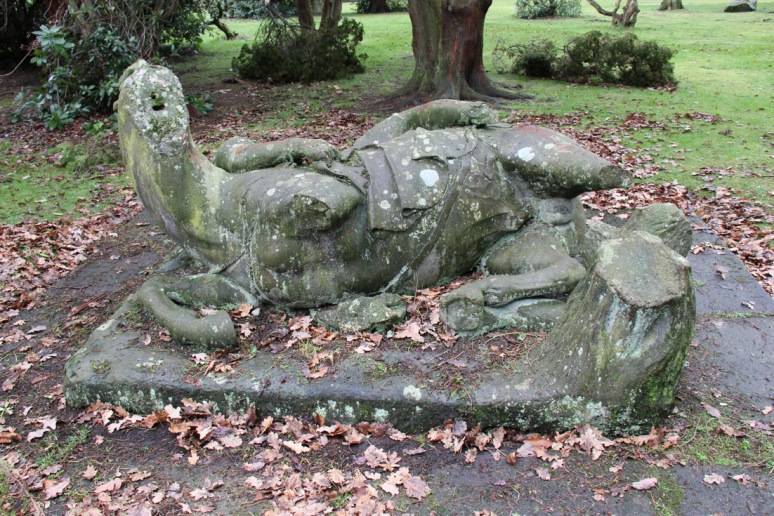
The Fall of Mazeppa in Bothwell Road Park, Hamilton (severely vandalised) and King James V of Scotland being attacked by Gypsies at Cramond Bridge, Edinburgh form part of the focus of my research concerning the location, history and contemporary context of forgotten and damaged public sculpture.
The sculptures have both been displaced from their original sites.
Sculpted in 1834 and inspired by the poem by Byron, Mazeppa was an Ukranian prince who served the king of Poland and after being discovered in an affair with the wife of a Polish count was tied naked to the back of a horse and sent galloping through a thick forest as punishment. The sculpture has been vandalised to the point of abstraction and remains largely forgotten.
The sculpture of King James V was inspired by Sir Walter Scott’s writings which originally refer to an attack by ‘gypsies.’ Through time the description has changed and it is now referred to as being attacked by robbers. The local authorities recently tried to sell the sculpture (and failed) in an auction without any public consultation. The sculpture remains largely unknown in a hidden location.
The Gentle Shepherd (Broken) Bothwell Road Park, Hamilton. 2015
The Kirkgate Stone and The Cant Ordinary Digital projection, Back to Heritage exhibition 2014, St Donat’s Church, Zadar, Croatia

The Kirkgate is a residential street in an area of Edinburgh called Leith, which is the port area for Edinburgh and was actually a separate town geographically for hundreds of years. It was a fiercely independent area and was on several occasions besieged by both English and Scots aggressors. Despite the setbacks the port flourished by trading with the Hanseatic ports of northern Europe and the Baltic, and established six hundred years of shipbuilding in the port which finally came to an end in 1984.
The Kirkgate was the main street connecting the port area to the rest of Leith and suffered almost complete destruction in a ‘regeneration’ process of the second half of the 20th Century. One of the most notable buildings to be destroyed in a similar process during the 19th Century was the Cant Ordinary Inn – a drinking house and hostelry which was frequented by the likes of Queen Mary and Oliver Cromwell and is said to have dated back to the mid 13thCentury. It was demolished in 1888 and a Victorian tenement housing a famous tailor shop was built in its place with a commemorative stone plaque set into the façade of the new building.
Most of the old property in Leith was owned by private individual landlords and property business landlords who rented out the housing. These owners were notorious for not carrying out maintenance and repairs to the properties and subsequently much of them rapidly declined into sub- standard housing. Unfortunately for the tenant families these owners would not invest in electric power or proper sanitation facilities. The living conditions were squalid for many people who still had to pay rent to the owners. This led to the Edinburgh authorities using ‘compulsory purchase orders’ to take possession of the housing and then demolition after re-housing the tenants. Subsequently during the 1960’s the Victorian building displaying the plaque was itself demolished and the plaque was re-set in a housing complex of unremarkable late sixties design. During this time the historic Kirkgate suffered almost complete destruction and ceased to be a street at all after the road plan was disregarded and eradicated in the rebuild and its Northern exit to the old port was blocked by a curtain of poor standard Modernist housing.
The destruction hugely contributed to the erasing of community identity and this street in particular suffered rapid social decline through the past forty years and remains an example of insensitive and short-sighted urban planning.
